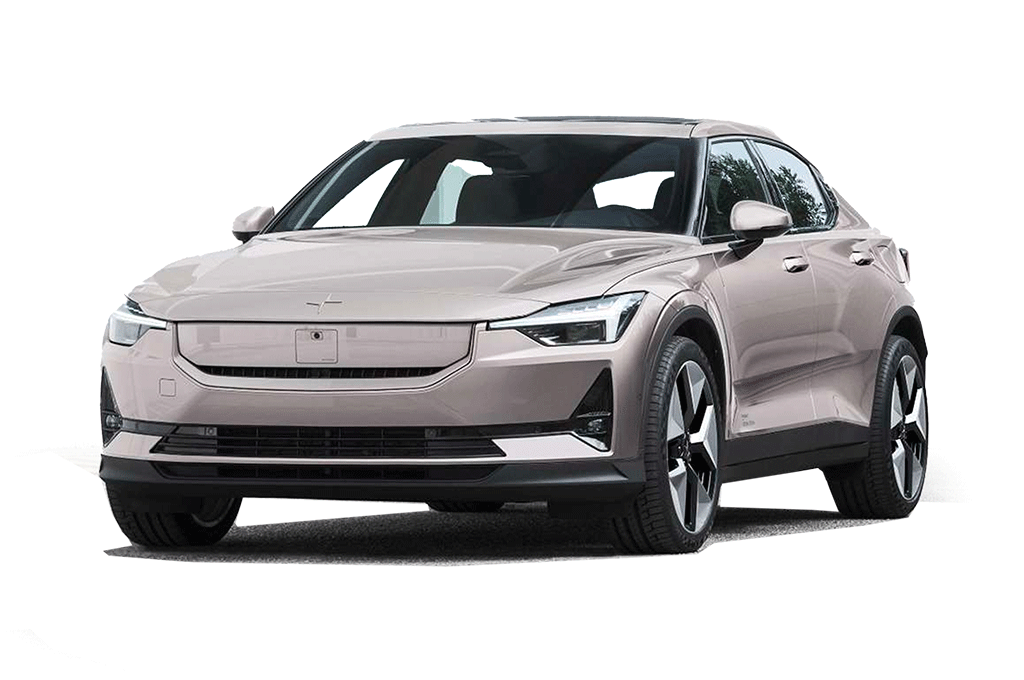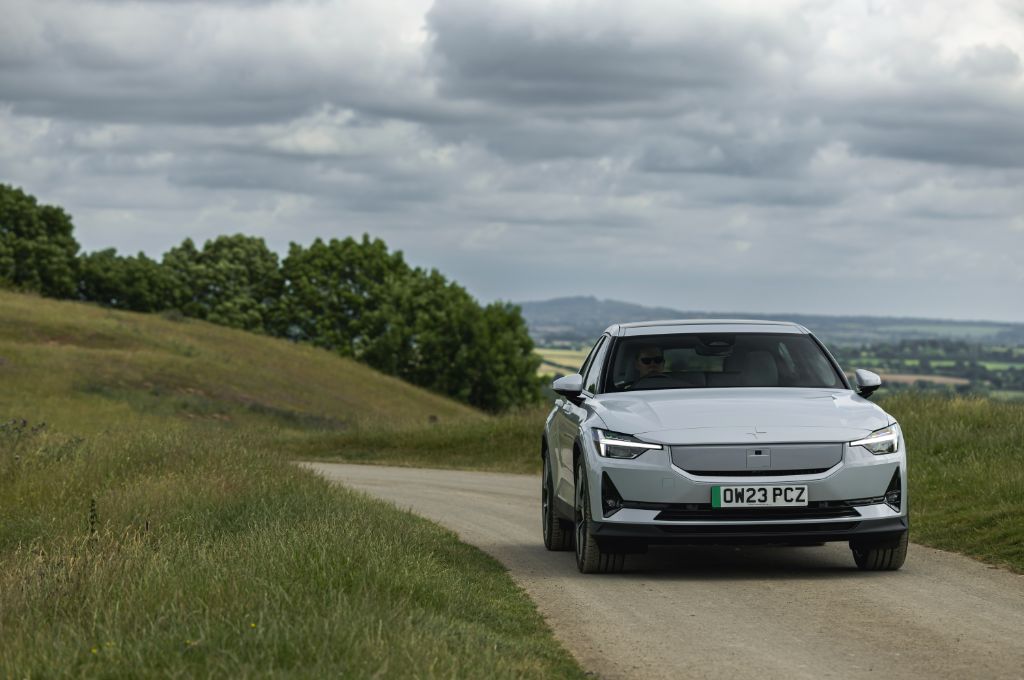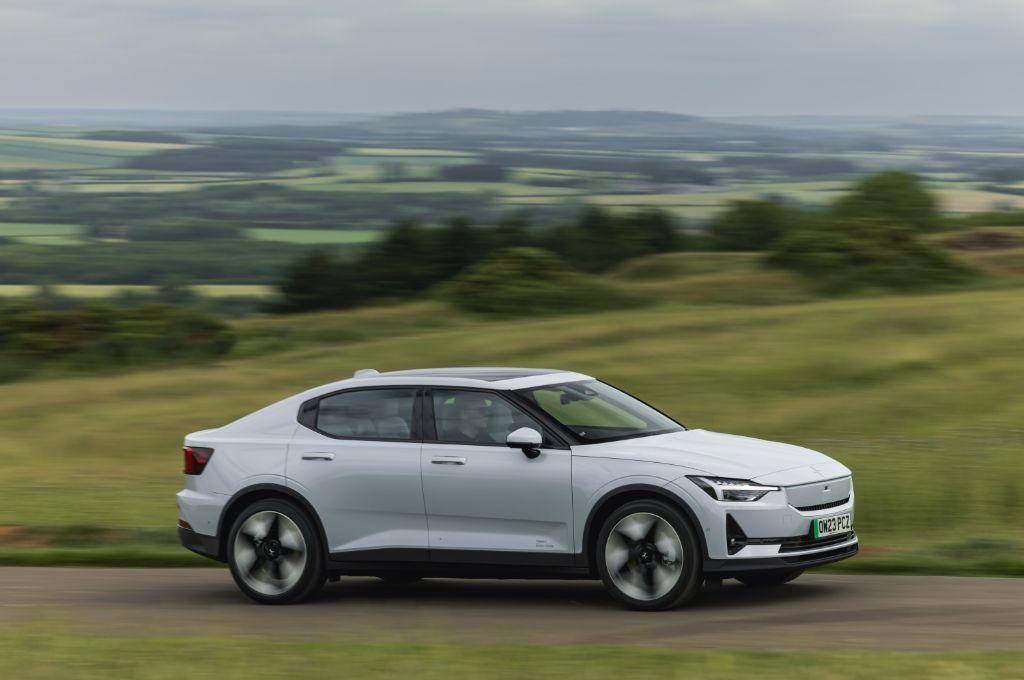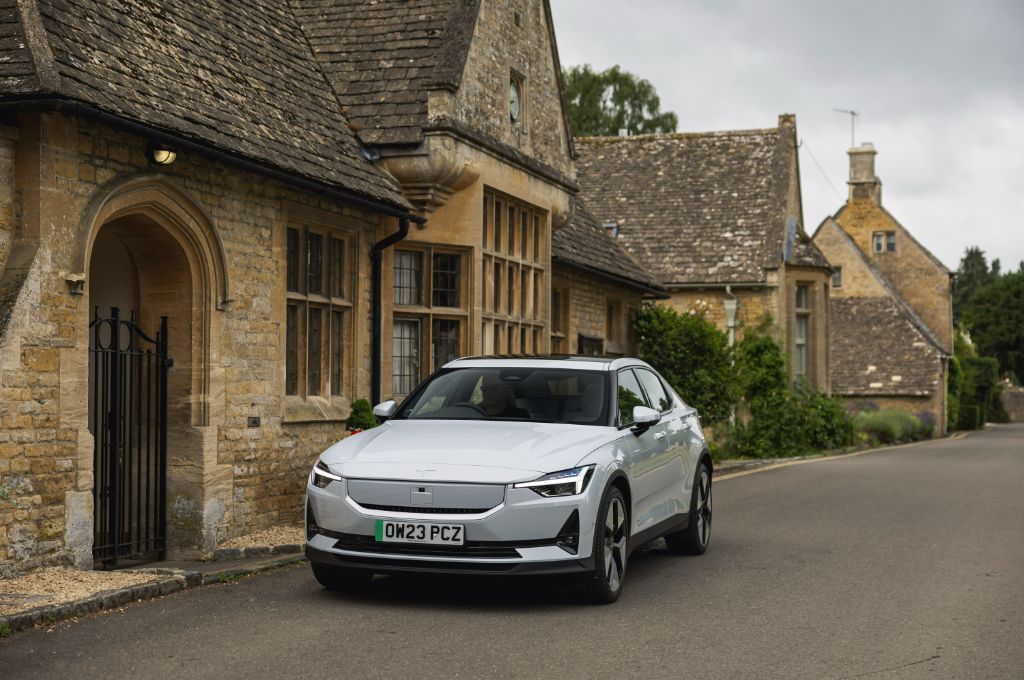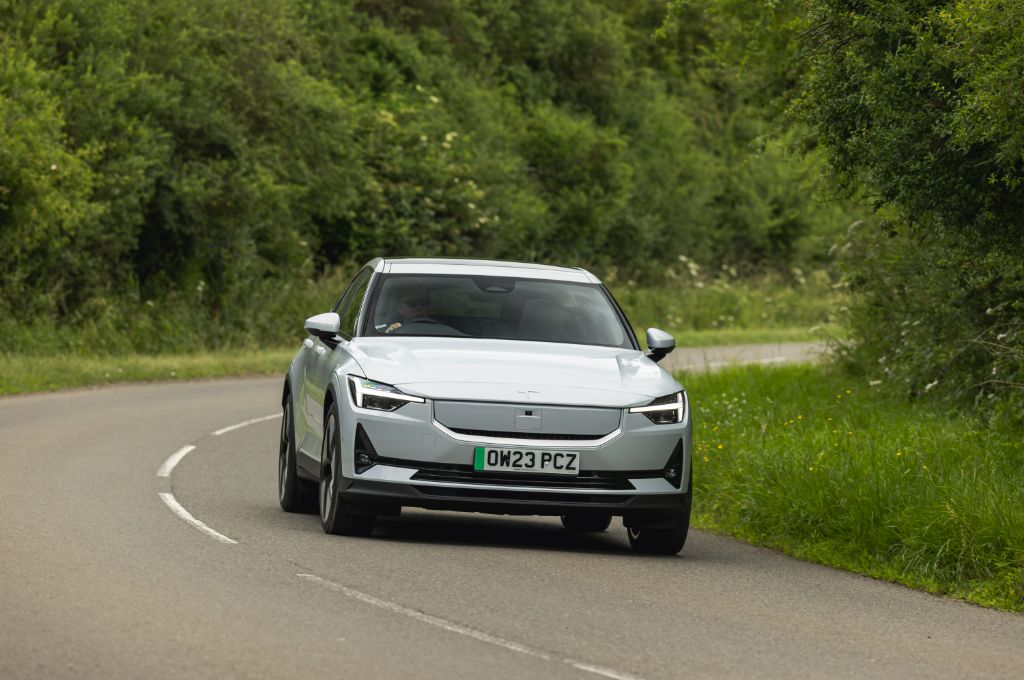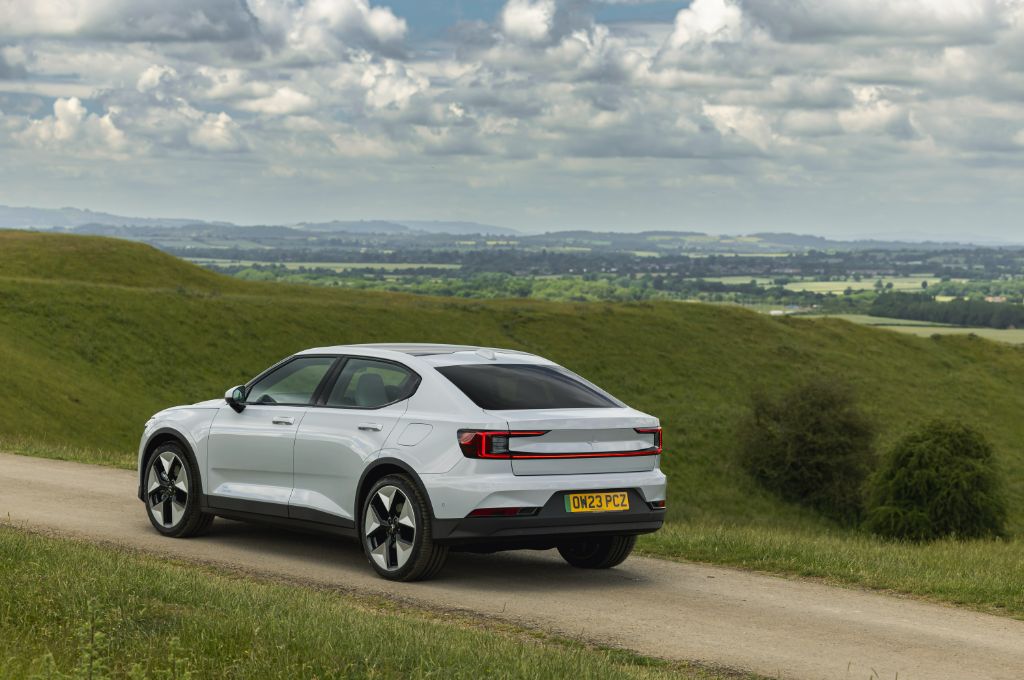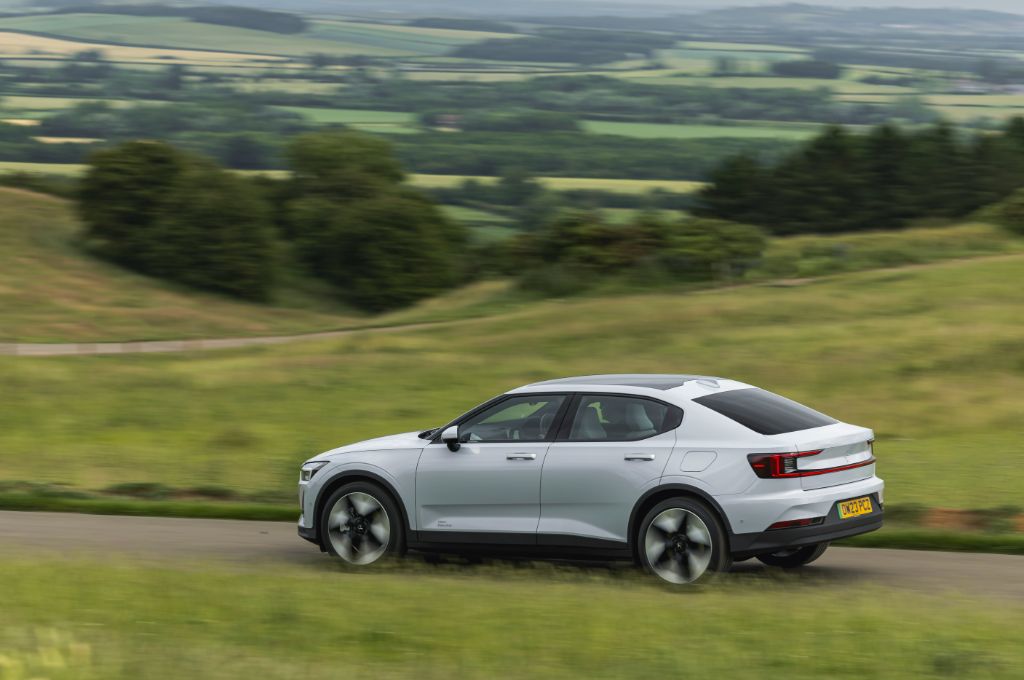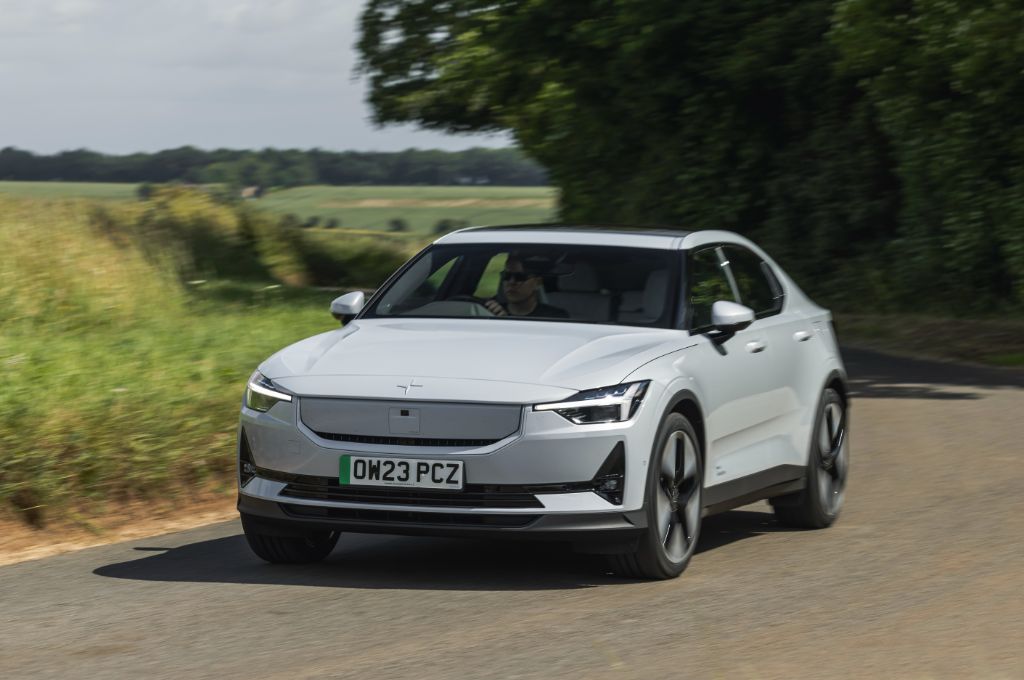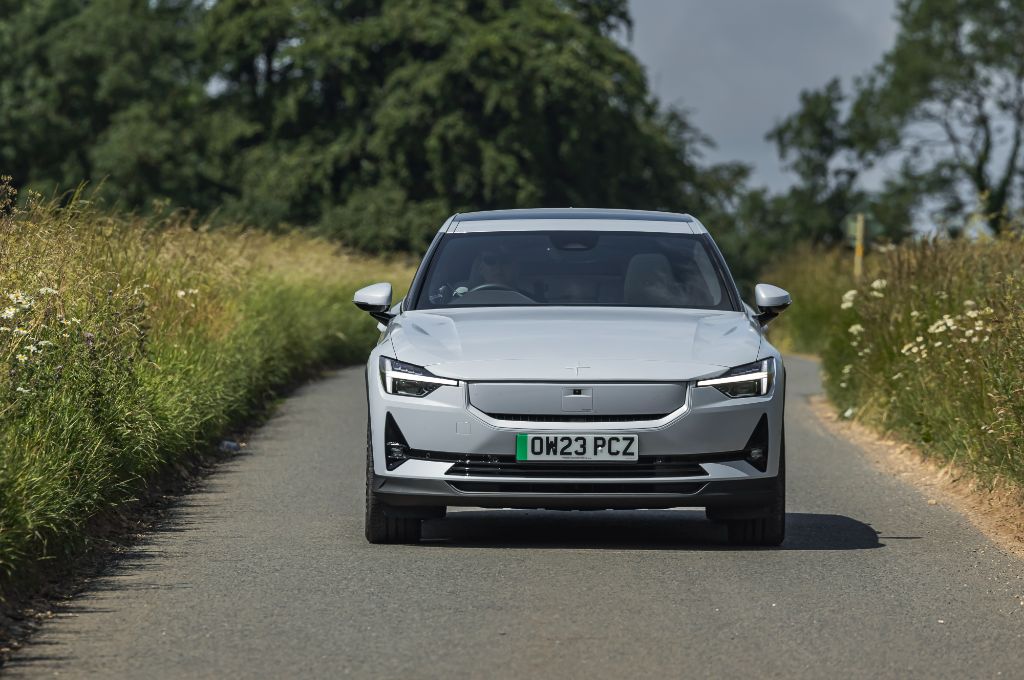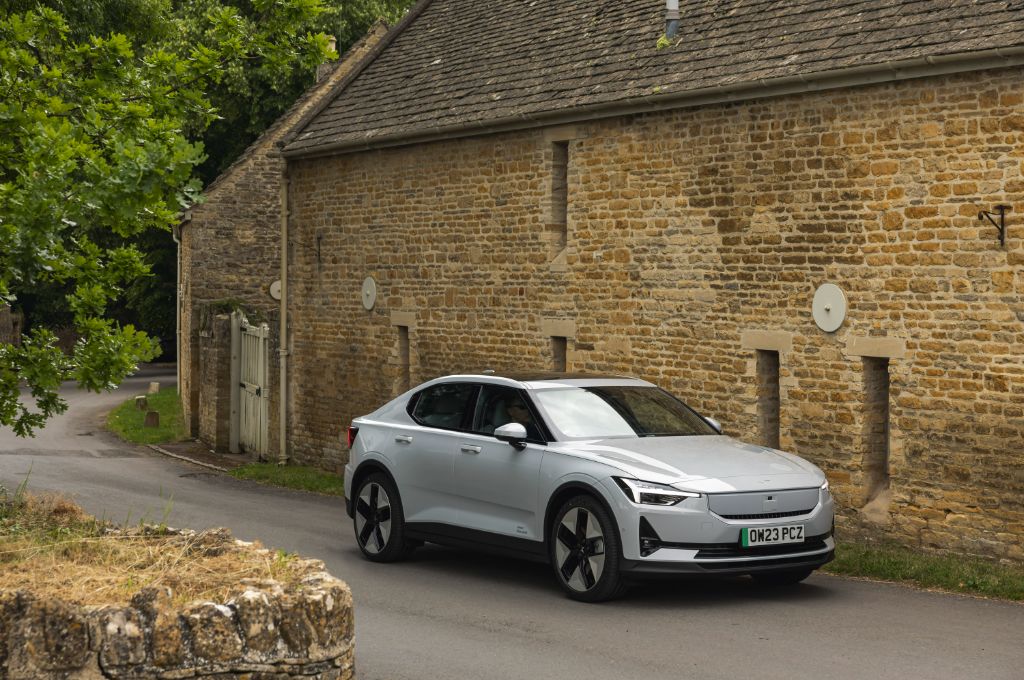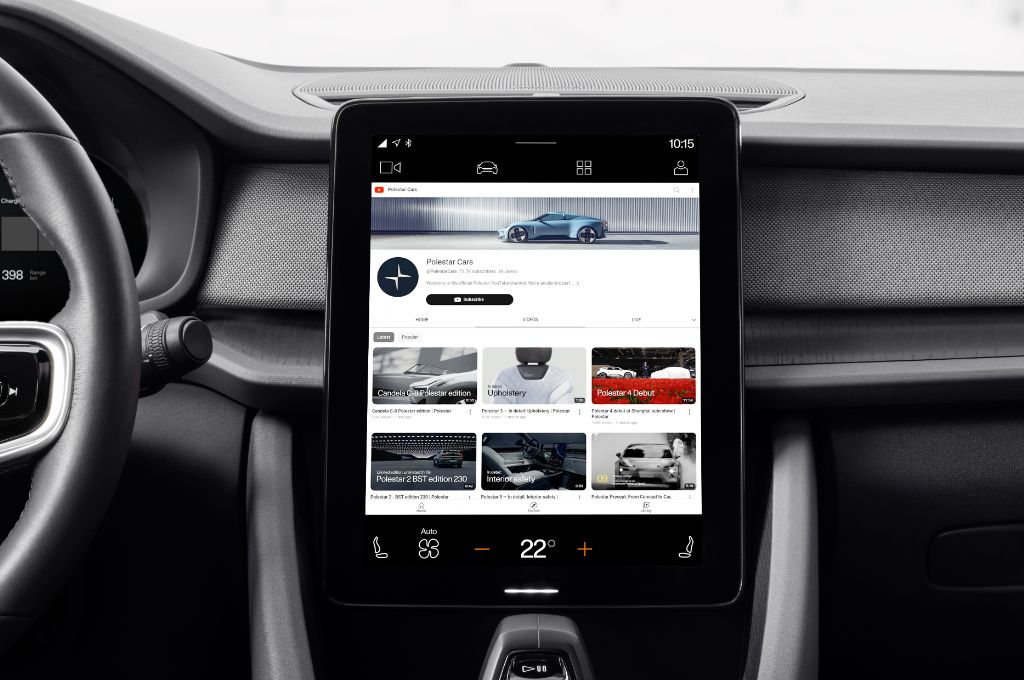Range
The official range figure of between 339 and 406 miles means that any version of the Polestar 2 could probably drive from London to Newcastle without stopping; it's one of the best ranges that you'll get in a new car, right now.
Most buyers will find the 339 mile WLTP range of the 67kWh entry-level car more than enough, especially as it also charges very quickly. Even so, if you do really high mileage then the Long Range models are for you, especially if you stick to the single motor model that'll do 406 miles officially. In practice, we'd expect to get more like 320- to 380 miles from the big battery Polestar 2 models, while the smaller battery will be more like 250- to 310. One option that's worth considering - especially if you are going to do a lot of miles and really want the best range - is the Plus Pack. This is a £4000 option, so it's not cheap, but it does bring a heat pump for more efficient running in cold temperatures (when all electric cars will see real-world range drop by around 20-40% compared with summer conditions). The Plus Pack also brings a panoramic glass roof, Harman Kardon sound system upgrade and vegan leather upholstery, so it'll make a big difference to those who spend a lot of time in the car.
Battery
The Polestar gets a 67kWh- or 79kWh lithium-ion NMC battery (usable capacity). You'll see the Polestar public site quotes 69- and 82kWh capacities, which are the 'total' capacities and include a small amount of cells that lie dormant in order to maintain the battery health and longevity. You'll only be charging and discharging 67- or 79kWh of battery, so it's the more useful figure to know about.
The smaller battery in the Polestar 2 is only available with a single motor setup, while the bigger battery can be had with a variety of powertrains including the high performance, four-wheel drive Performance Pack model. As you’d expect from a Volvo brand, the battery cells have been placed underneath the floor and rear seats, where they can be safely protected in an accident. This also means the centre of gravity is lower than in a conventional car, making it feel more stable in corners.
As with most new electric cars, Polestar guarantees that the battery will retain at least 70% of its as-new range capacity after eight years or 100,000 miles.
Charging
As with all electric cars, most owners are expected to plug in at home or work for most of the time, and a 7kW home wallbox will deliver a full charge from nearly empty in around 10- to 13 hours depending on which model you've got.
If you are out on a longer journey and need to top up, the Polestar can charge at speeds of up to 205kW since its 2023 updates, which means that it'll get an 80% top-up in 30mins or less if you plug into a powerful enough rapid charger, or a 100 mile top-up will take around 10- to 15 minutes. That's competitive charging speeds, even next to the very high standards of the 800V charging systems in the Kia EV6 and Hyundai Ioniq 6. Unfortunately, there's no vehicle-to-device or vehicle-to-grid charging on the Polestar 2, yet, so Kia, Hyundai and Volkswagen ID.7 are one up on the Polestar with that.











